The Past Masters of Mesmerism & Hypnosis
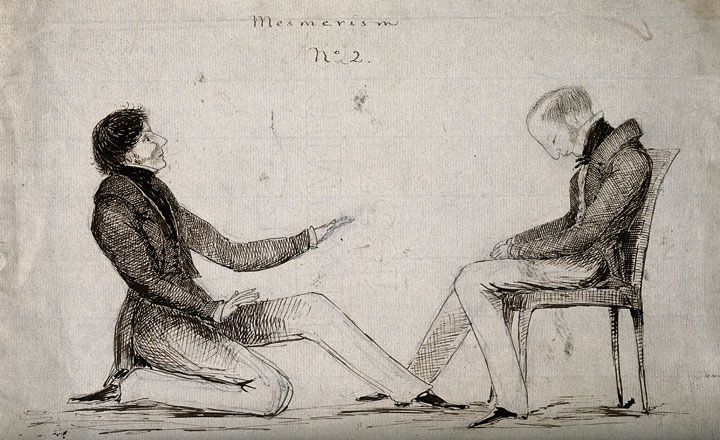
Pictured above is an historical illustration of Mesmer magnetizing a client. Photo courtesy of Wikipedia Creative Commons -
http://upload.wikimedia.org/wikipedia/commons/6/6b/A_practioner_of_mesmerism_performing_animal_magnetism_therap_Wellcome_V0011095.jpg
Some Important Historical Figures of Hypnosis...
Franz Anton Mesmer
Usually referred to as Anton Mesmer, he was the self proclaimed discoverer of Animal Magnetism. Mesmer abandoned healing magnets for hand passes (stroking), and vats magnetised with the Ethereal Fluid, that were filled with water and "certain substances" to produce energetic states often resulted in a healing catharsis. Contrary to common assumption, Franz Anton Mesmer was not a hypnotist; he was a magnetist and did not consider the trance state necessary or even a mechanism of Animal Magnetism.
Armand-Marie-Jacques de Chastenet, Marquis de Puységur
Born in 1751, Puysegur died in 1825. He was a French aristocrat from one of the most illustrious families of the French nobility; he is now remembered as one of the pre-scientific founders of hypnotism. Puységur learned about Mesmerism from his brother Antoine-Hyacinthe, the Count of Chastenet. One of his first and most important patients was Victor Race, a 23-year-old peasant in the employ of the Puységur family. Race was easily hypnotized by Puységur, but displayed a strange form of sleeping trance not before seen in the early history of Mesmerism.
Puységur noted the similarity between this sleeping trance and natural sleep-walking or somnambulism, and he named it "artificial somnambulism". He became a highly successful hypnotist, to whom people came from all over France. In 1785, Puységur taught a course in animal magnetism to the local Masonic society, which he concluded with these words:
"I believe in the existence within myself of a power. From this belief derives my will to exert it. The entire doctrine of Animal Magnetism is contained in the two words: Believe and Want. I believe that I have the power to set into action the vital principle of my fellowmen; I want to make use of it; this is all my science and all my means. Believe and want, Sirs, and you will do as much as I".
Puységur's institute for training hypnosis, Société Harmonique des Amis Réunis, grew rapidly until the French Revolution in 1789. During the revolutionary era the institute was disbanded and Puységur spent two years in jail. After the Napoleon's overthrow the new generation of practitioners of hypnotism looked to Puységur as their patriarch, and came to accept his method of inducing a sleeping trance in preference to the original methods of Mesmer.
Puységur, however, always portrayed himself as a faithful disciple of Mesmer, and never took credit for having invented the procedure that is now known as hypnotic induction. Charles Robert Richet rediscovered his writings in 1884, and showed that most of what other people had claimed as their discoveries in the field of hypnotherapy were originally due to the Marquis de Puységur. James Braid James Braid is the accepted father of modern medical and traditional hypnosis. Braid often used trance with his patients and he coined the term hypnosis. Braid formulated and popularized the "eye fixation" induction and later tried unsuccessfully to change the name of his technique from hypnosis to Neurophrenology.
James Esdaile
James Esdaile was a Scottish Doctor and military surgeon who pioneered hypnosis in the Hooghly jail in India and also used it in domestic and military field hospitals to heal the sick, perform surgery and amputations, and control the pain and bleeding of injured soldiers.
Esdaile also used magnetism and Mesmerism instead of conventional hypnosis to induce the trance state.
Auguste Liebeault
(pronounced La Bo), was the founder of the Nancy School in France. The Nancy School was an early French suggestion-centred school of psychotherapy founded in 1866 by Ambroise-Auguste Liébeault in the city of Nancy. It is referred to as the Nancy School to distinguish it from the antagonistic Paris School that was centered on the hysteria-centered hypnotic research of Jean-Martin Charcot at the Salpêtrière Hospital in Paris.
Whilst its work centered on the application of what they termed "suggestive therapeutics", they also maintained that hypnosis significantly amplified the efficacy of the suggestions so offered. Liébeault delivered a sequence of suggestions in a monotonous but penetrating tone regarding the subjects' health, digestion, circulation, coughing, etc. Using this method he could claim hundreds of cures. Initially skeptical of Liébeault's theories, methods and clinical results, the French neurologist, Hippolyte Bernheim eventually joined Liébeault and they conducted a clinic and further research together. In 20 years, they treated over 30,000 patients using suggestions under hypnosis.
Hippolyte Bernheim
Hippolyte Bernheim was born in1840 and died in1919. Bernheim was a French physician and neurologist, born at Mülhausen, Alsace. He received his education in his native town and at the University of Strasbourg, where he was graduated as doctor of medicine in 1867. The same year he became a lecturer at the university and established himself as a physician in the city. When, in 1871, after the Franco- Prussian war, Strasbourg passed to Germany, Bernheim moved to Nancy where he met and later collaborated with Dr. Ambroise-Auguste Liébeault) in the university of which town he became clinical professor. When the medical faculty took up hypnotism, about 1880, Bernheim was very enthusiastic, and soon became one of the leaders of the investigation. He became a well-known authority in this new field of medicine. Albert Moll (1862-1939), an active promoter of hypnotism in Germany, went to Nancy and studied with Bernheim. Bernheim also had an influence on Sigmund Freud, who had visited him in 1889, and witnessed some of his experiments. He was well known as an antagonist of Jean-Martin Charcot (Freud was a student of Charcot).
Jean-Martin Charcot
Born in Paris on the 29th of November 1825, Charcot died on the 16th of August 1893. He worked and taught at the famous Salpêtrière Hospital for 33 years. His reputation as an instructor drew students from all over Europe. In 1882, he established a neurology clinic at Salpêtrière, which was the first of its kind in Europe.
Charcot's primary focus was neurology. He named and was the first to describe multiple sclerosis. He was also the first to describe a disorder known as Charcot joint, or Charcot arthropathy, a degeneration of joint surfaces resulting from loss of proprioception. He researched the functions of different parts of the brain and the role of arteries in cerebral hemorrhage. Charcot was among the first to describe Charcot-Marie-Tooth disease (CMT). The announcement was made simultaneously with Pierre Marie of France (his resident) and Howard Henry Tooth of England. The disease is also sometimes called peroneal
muscular atrophy. Charcot's most enduring work was on hypnosis and hysteria. He believed that hysteria was a neurological disorder caused by hereditary problems in the nervous system. He used hypnosis to induce a state of hysteria in patients and studied the results, and was single-handedly responsible for changing the French medical community's opinion about the validity of hypnosis (it was previously rejected as Mesmerism).
Emile Coue
Coue coined the phrase: Every day in every way I'm feeling better and better. By having patients repeat that to themselves out loud, 10 times upon waking and 10 times before sleeping, Coue studied hypnosis at the Nancy school in Paris and cured more than 1000 cases of asthma in France between 1850 and 1870. He was a humble man and cautiously aware of Mesmer's fate some 80 years earlier. He was concerned about the wrath of the French medical authorities and reluctant to accept recognition.
John Elliotson
John Elliotson was born in Southwark, London on the 29th of October 1791 and died on the 29th of July 1868. In 1831 he was elected professor of the principles and practice of physic in London University, and in 1834 he became physician to University College Hospital. Elliotson was one of the first teachers in London to appreciate the value of clinical lecturing, and one of the earliest among British physicians to advocate the employment of the stethoscope. He was a student of phrenology and mesmerism, but at the time both fields were vying or scientific authority. Study of such topics, which we now consider 'pseudo-science' was less obviously derisive to mid 19th century academia. Elliotson hoped his development of mesmerism would lead to new therapeutic applications for medical science (and so also help score 'social reform' points against UCL's 'Tory' Rival, Kings). Elliotson tended to use working class, female subjects for mesmeric research and demonstration, often from Irish immigrant communities. This was not unusual, but was perhaps his downfall. Because the effects of mesmerism took place in the subjects mind, the scientific community had to believe their testimony. Elliotson's interest in mesmerism eventually brought him into collision with the medical committee of the hospital, a circumstance which led him, in December 1838, to resign the offices held by him there and at the university. The Lancet ran a series of trials of his mesmeric experiments at Wakely's home in Bedford Square during the summer of 1838, with a jury of witnesses drawn from the medical establishment. The results of these trials not only discredited Elliotson but helped clarify the authority and status of both Wakely and the Lancet. Elliotson continued the practice of mesmerism, holding mesmeric séances in his home and editing a magazine, The Zoist, devoted to the subject. In 1849 he founded a mesmeric hospital. He died in London on the 29th of July 1868.
Valentine Greatrakes
Valentine Greatrakes was a magnetist from the pre hypnosis era, Greatrakes was well known to cure physical and mental ailments by magnetic stroking? He was born in Affane, County Waterford, Ireland. He was a farmer who served in Cromwell's army and was also registrar for transplantation. In 1662 he claimed he could cure the king's evil (scrofula) by 'stroking' or touching, but failed in a demonstration before Charles II. He resumed farming in 1668 on
£1,000 a year. In 1670 Greatrakes was endorsed by the noted scientist, Robert Boyle, who was at that time the President of the Royal Society of London. One of his more notable failures to cure was Anne Finch. Charles Lafontaine Charles Lafontaine was a travelling Swiss Magnetist. James Braid attended a demonstration of Magnetism by Lafontaine in Manchester England on November 14th 1841, with the sole intention of exposing Lafontaine as a fraud. Then upon discovering Lafontaine's claims to be genuine Braid quickly came up with his own adaptation, which is today known as the "Eye Fixation Method".
Milton Erickson
Milton Erickson was an American Doctor, possessed with exceptional powers of humanistic understanding and subtle physical observation (minute body language), this made him a gifted Psychiatrist. Erickson is credited with and indeed did bring the use of hypnosis back to medicine in the 1950s. Since his death on the 25th March 1980 many institutes and associations have begun under the auspices of his memory. That said, with very few peers in those times to compare his abilities as a hypnotist per se, and considering Erickson didn't use "classical hypnotic inductions", perhaps Erickson was more of a brilliant Psychiatrist than what he was a traditional hypnotist. The NLP movement regularly associates his name to their modality although factually Erickson never mentioned, studied, or partook of NLP.
Harry Arons
Harry Arons contributed greatly to improving the image of hypnosis for the medical profession and the general public. As a teenager, he came to America with his family. He said that he was trained in hypnosis by his grandfather, a friend of Rasputin, while still in Lithuania. He started out as a stage hypnotist working in the Northeast USA. In the late 40's, his book Master Course in Hypnotism was printed by Power Publishers and sold many thousands of copies. Harry Arons was the Director of the Ethical Hypnosis Training Centre in New Jersey. He developed courses in hypnosis for this Centre and trained others who opened Hypnosis Centres in several United States cities. He trained hundreds and perhaps thousands of hypnotists at these Centres.
In the 1950's he was an associate editor of the Journal of Hypnotism, the journal of the newly formed National Guild of Hypnotists which is today one of the largest, if not the largest, hypnotherapy groups in the world. In 1954, he formed the AAEH and devoted his time and energy to his new organization. In the early days of the AAEH, only health professionals could be members, but he later admitted to training "hypno-technicians," who were only allowed to use hypnosis for therapeutic purposes, and then only under medical supervision. Arons later included law enforcement employees who were properly trained in hypnosis. His textbook for law enforcement personnel was Hypnosis in Criminal Investigation. In time, the AAEH consisted of physicians, psychologists, dentists, lawyers, ministers, hypno-technicians, etc.
From 1954 to the late 1980's the AAEH had substantial growth and then went into decline. From the list of organizations in the Council of Professional Hypnosis Organizations (CPHO), AAEH is still in existence headed by T. J. Farris of New Olmstead, OH. Harry Arons died of heart failure, September 9, 1997. Ormond McGill Ormond McGill was considered as the Dean of present day stage hypnosis. His interest in hypnosis began around age 10 and he spent many years observing and learning from the Fakirs (magicians) in India. As a boy he joined a circus, apprenticed as a magician, and spent many years practicing as a stage hypnotist under the name Dr Zomb. Ormond McGill wrote many books on hypnosis and all of them are worth reading. Ormond McGill died of heart failure in October 2005.




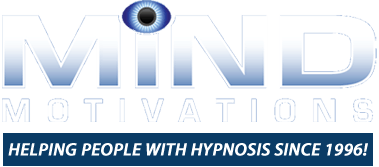
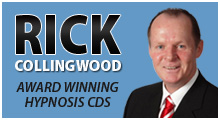
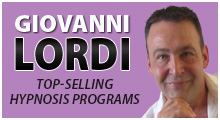
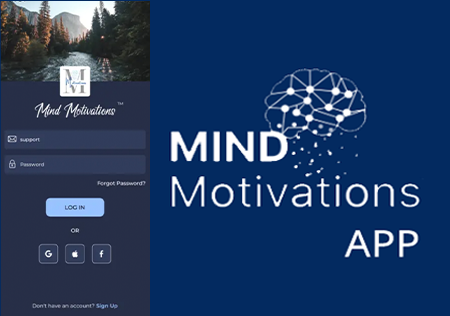








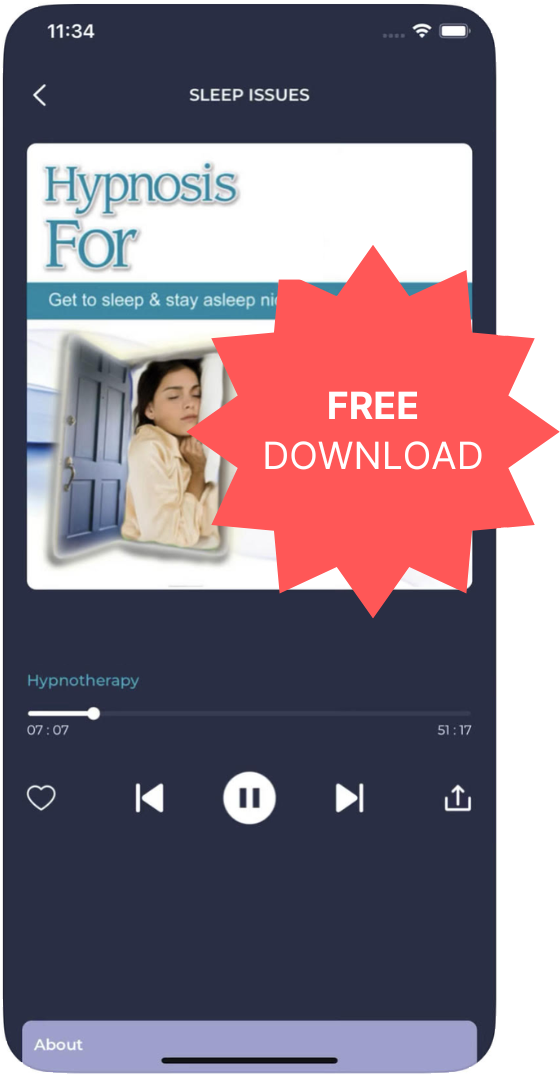
Post new comment